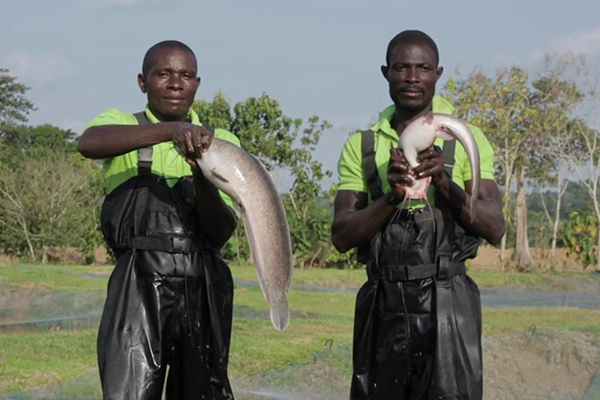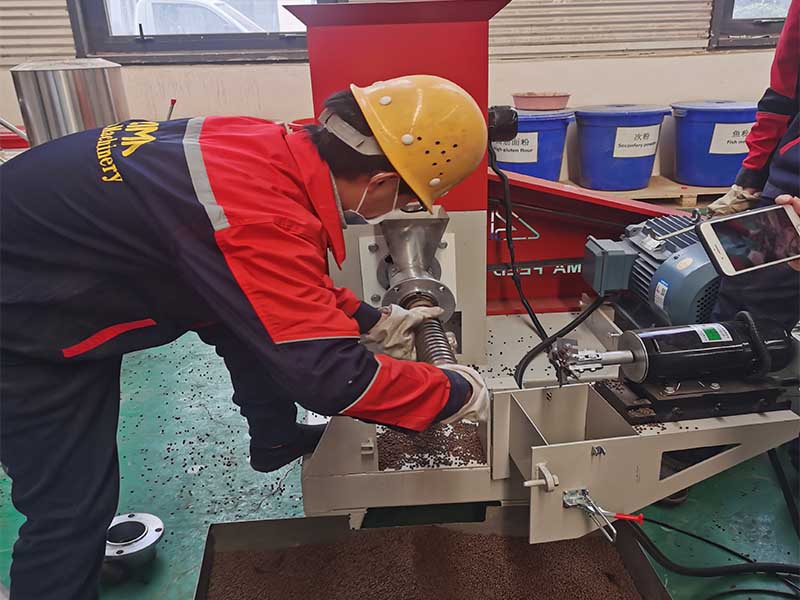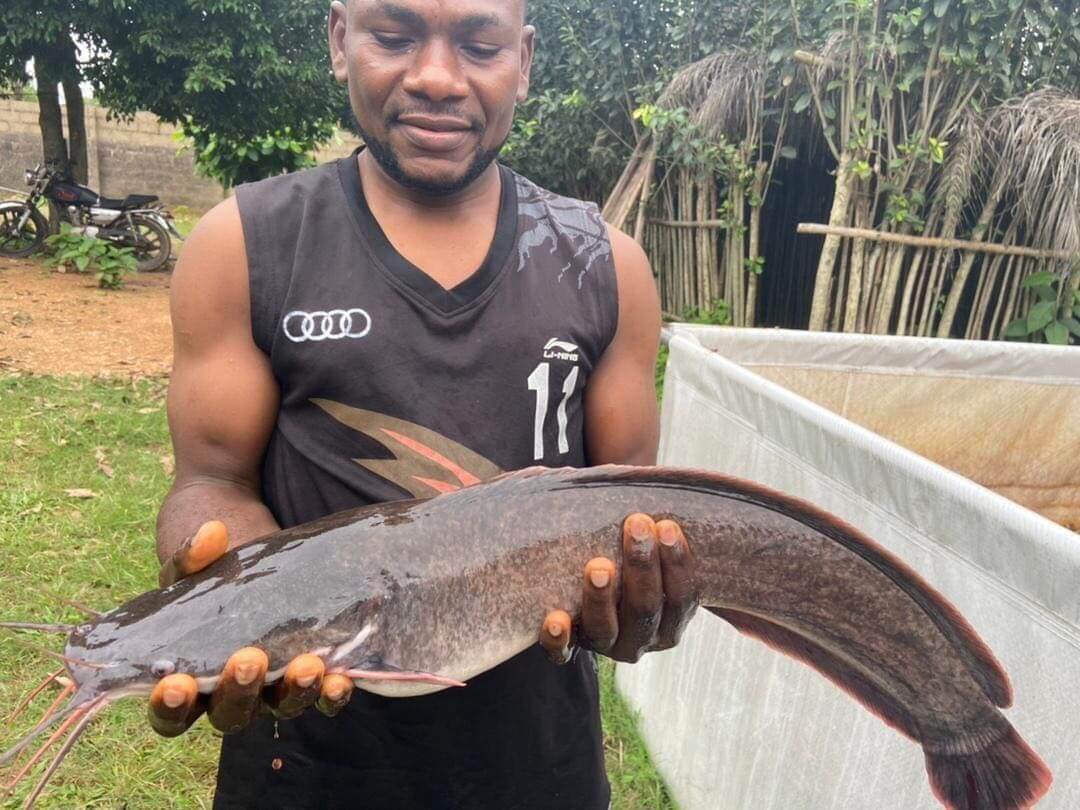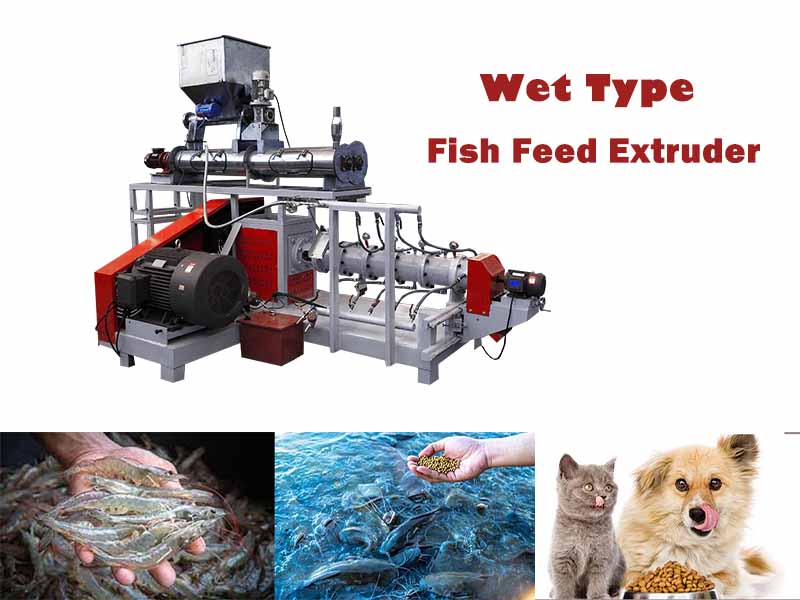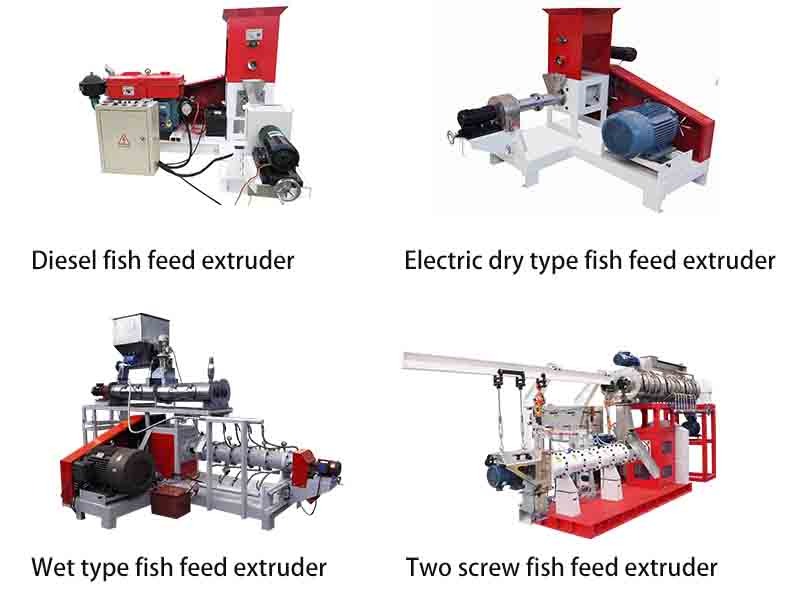Catfish Farming For Beginners
If you are ready to engage in aquaculture, much training and knowledge are required before you start. Start fish farming without preparation, and you will lose money and time. Do you know the few main conditions that must be considered first before deciding on fish farming? It includes four aspects: fish farming environment, feed, supply of fingerlings, and product sales.
1. Fish farming environment
You need to know whether the transportation of the fish pond to be built is convenient, whether there is a water source and power supply nearby, and whether the water quality and temperature of the water used for aquaculture are suitable for raising fish.
2. Feed
Feed is divided into natural feed and artificial feed. Natural feed refers to phytoplankton, zooplankton, benthic organisms, aquatic plants, wild fish, shrimp, etc., produced by the water itself. Artificial feed refers to the hard pellets produced by machines. Fish feed pellets are prepared and processed according to the protein, fat, and sugar required by different fish. Many fish farmers buy directly from local feed manufacturers. However, the purchased feed is often not high-quality and tastes terrible. The fish either do not eat or digest well, which leads to a series of problems. Therefore, some fish farmers choose to buy machines to produce feed. The raw materials are prepared by themselves, and they can sell the extra high-quality feed to other fish farmers.
LIMA, a Chinese professional company, is devoted to manufacturing-supplying floating fish feed and poultry feed pellet machines. Our machines have been sold worldwide, such as in Nigeria, Malawi, Ecuador, Pakistan, and Thailand. The floating fish feed extruder machine can produce different shapes and sizes of pellets from 1mm-12mm by changing the mold and feeding on baby fish to big fish. Most importantly, we can design a unique machine based on clients’ needs and provide free feed recipes to them.
3. The supply of fingerlings
The primary consideration is whether to cultivate the fingerlings by fish farmers or purchase them. If buy them, you should consider the transportation distance and the quality of the fingerlings.
4. Product sales
This one is the last step in the entire commercial fish farming process. Fish farmers need to know how much the commodity fish costs, the local market and wholesale price, whether it sells well, and so on. Only when the goods are sold can fish farmers make profits.
Each step is essential, and farmers must carefully consider the planning before raising fish. You will only be rewarded if you invest a lot of time in preparation.
Back to List


